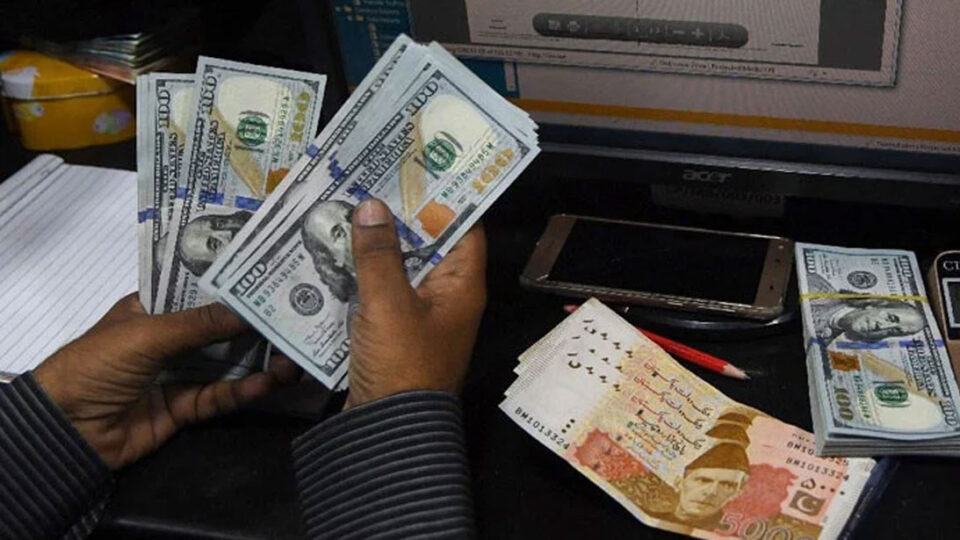Pakistan Faces $23 Billion in External Debt Repayments in FY2025-26
Pakistan is set to repay over $23 billion in external debt during the fiscal year 2025-26, a challenging target that includes obligations to multilateral institutions, bilateral lenders, commercial banks, and bondholders.
💰 Breakdown of Key Debt Repayments
According to official sources, the repayment schedule is divided as follows:
🔹 $11 Billion in Direct Repayments
-
Eurobonds: $500 million due in September 2025, and another $1 billion in April 2026
-
Total bond servicing (principal + interest): $1.7 billion
-
Commercial loans: $2.3 billion
-
Multilateral debt: $2.8 billion
-
Bilateral loans: $1.8 billion
🔹 $12 Billion in Foreign Deposits
-
Saudi Arabia: $5 billion
-
United Arab Emirates: $2 billion
-
Qatar: $1 billion
-
Kuwait: $700 million
-
Chinese SAFE deposits: $4 billion (held under the Ministry of Finance)
🏛️ Who Bears the Burden?
-
$15 billion is classified under public sector obligations
-
$9 billion is under the State Bank of Pakistan (SBP)
-
This includes IMF-related repayments and budget-support deposits that were provided without rupee backing
-
⚠️ Debt Sustainability Concerns
The government faces increased pressure to secure deposit rollovers or alternative financing. Failure to do so could strain Pakistan’s foreign exchange reserves and fiscal stability.
Pakistan’s debt-to-GDP ratio, which previously appeared to improve due to high inflation inflating nominal GDP, now faces risks of deterioration amid slower inflation and lower nominal growth.
🧮 What’s at Stake?
Without timely rollovers and additional inflows, Pakistan may face:
-
A tight balance-of-payments situation
-
Higher borrowing costs on international markets
-
Pressure on the exchange rate and reserves
-
More challenging IMF negotiations in the months ahead
With international obligations mounting, FY2025-26 will be a critical year for Pakistan’s economic management, requiring strategic debt diplomacy and careful coordination between fiscal and monetary authorities.

